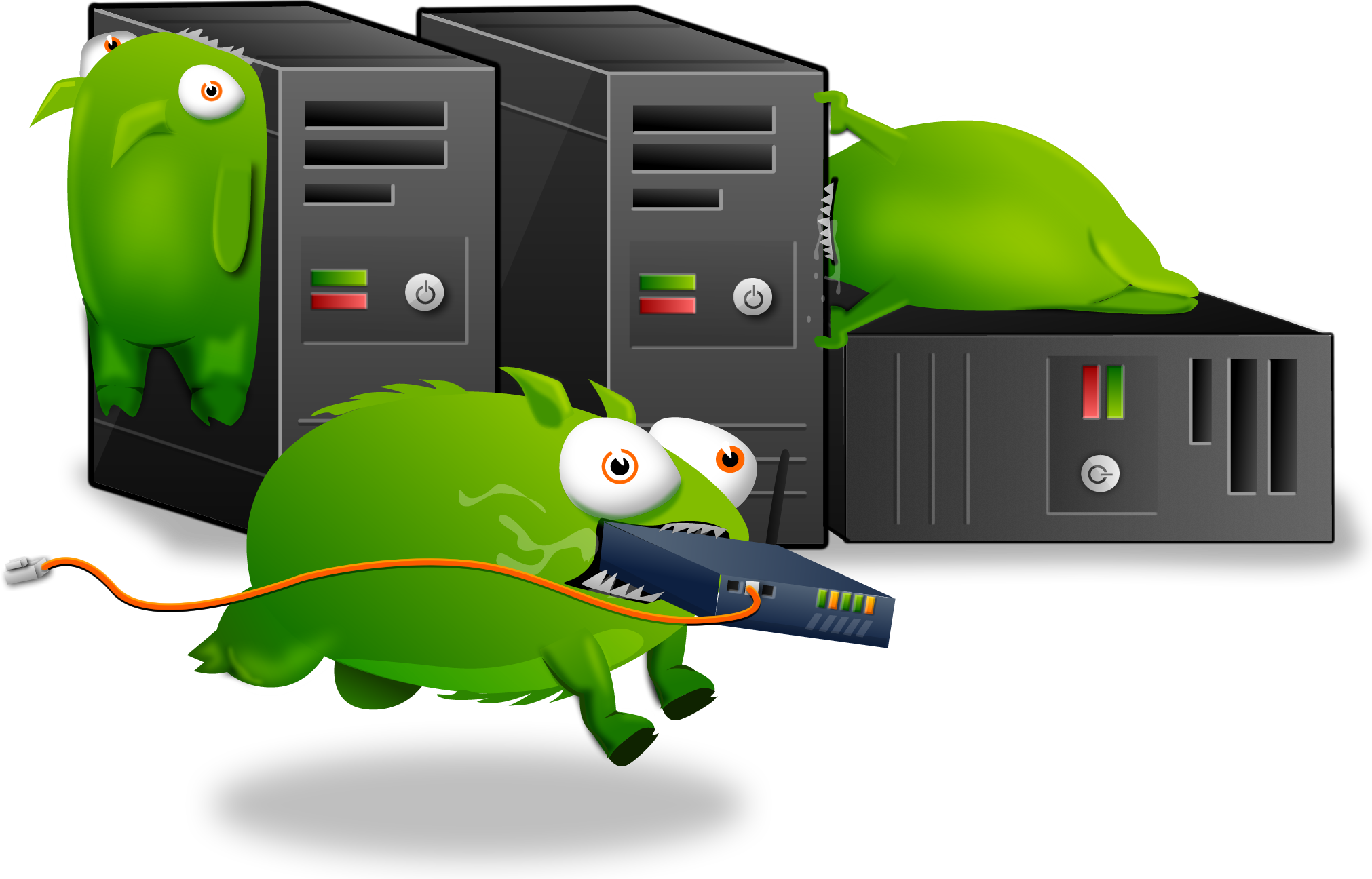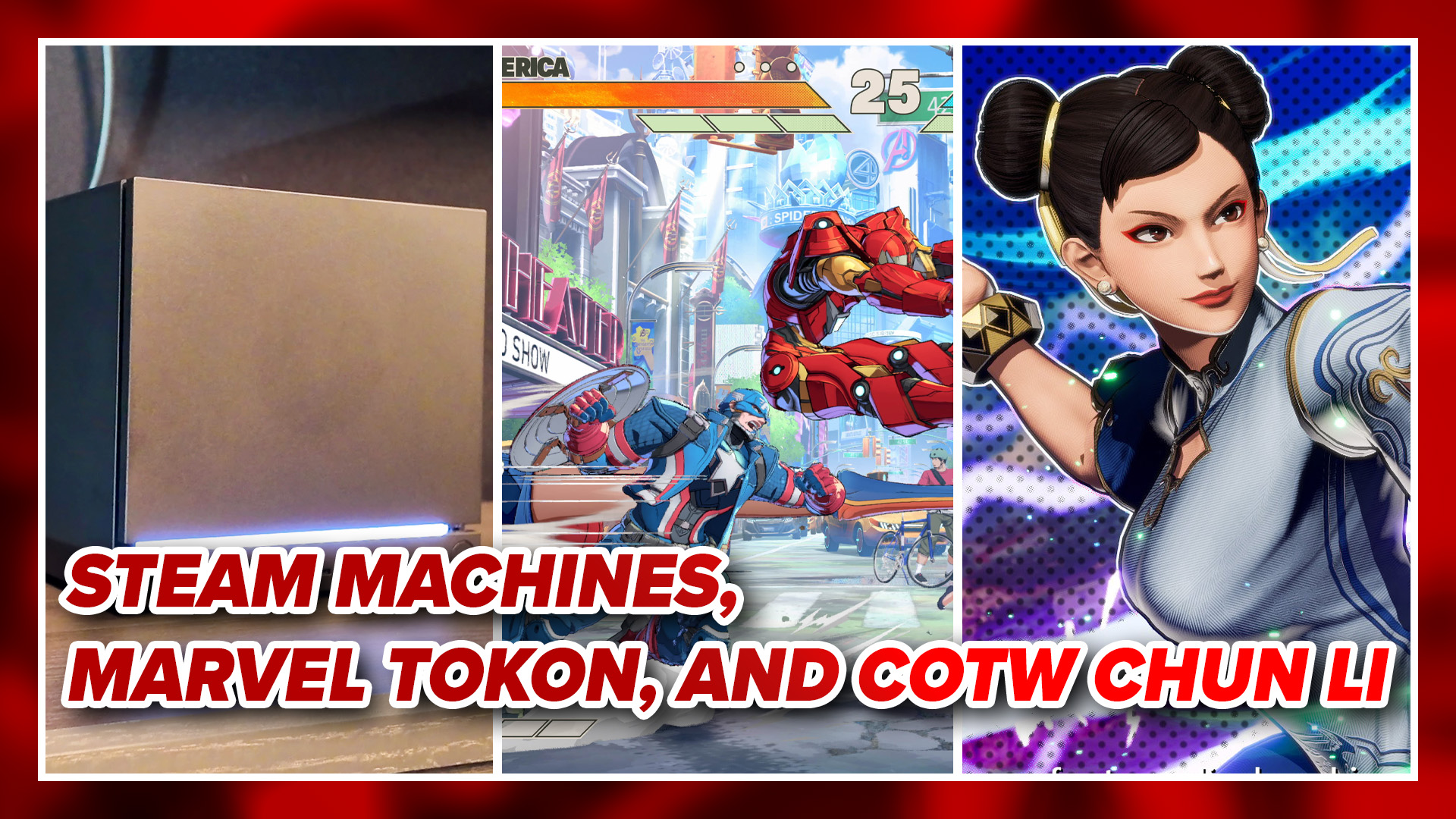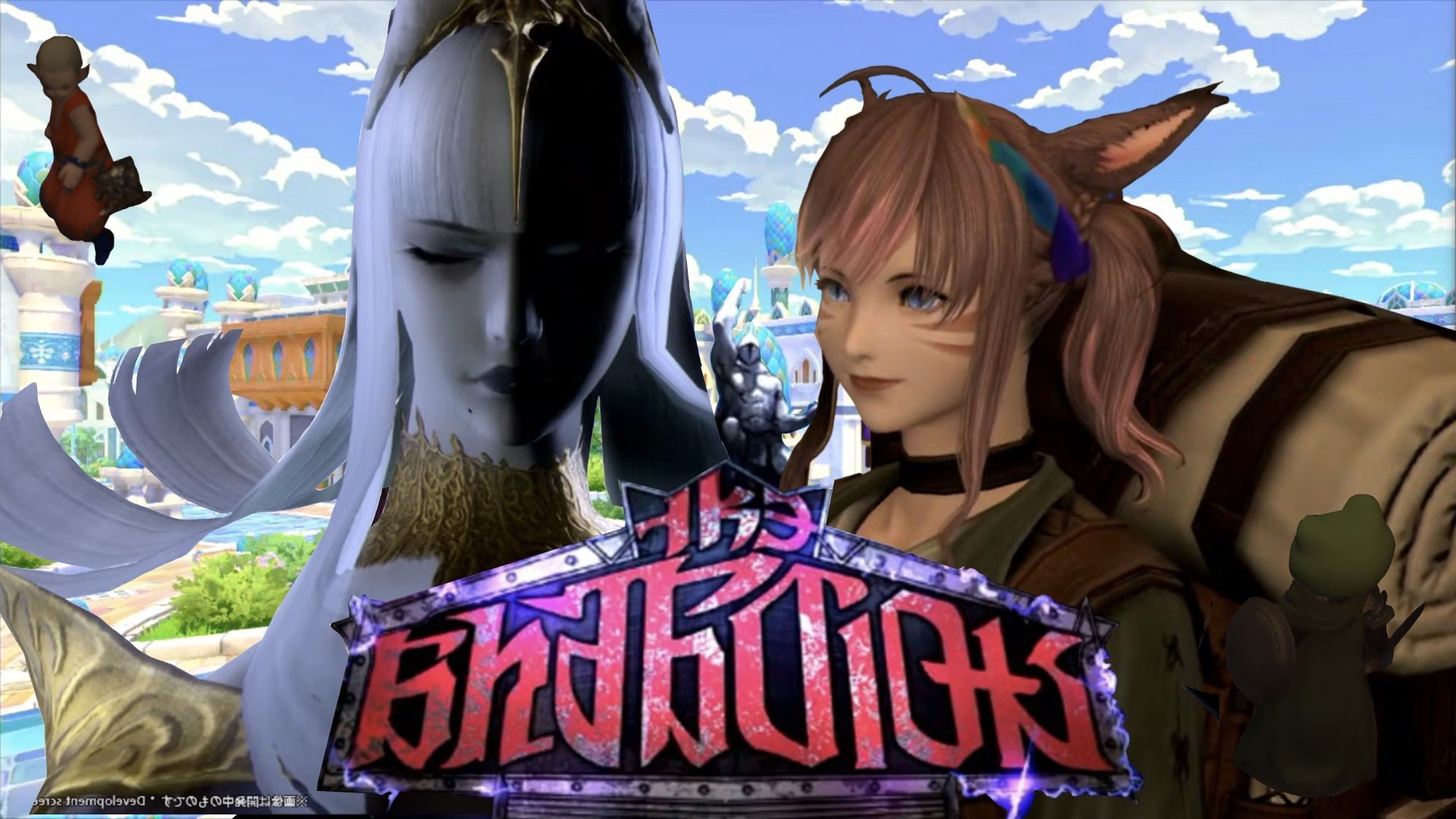Summer 2009, Arc System Works would unveil to the American public (via Aksys Games) BlazBlue: Calamity Trigger. In a way, it was like a spiritual successor to Guilty Gear XX Accent Core. The over-the-top characters, unique synergies between classical instruments & rock instruments, and fluid anime-style cinematic battles. These were hallmarks that Arc System Works gave us when we had Guilty Gear and they were present in BlazBlue. However, the mechanics and underpinnings of BlazBlue were far more different than the Guilty Gear series. Case in point:
Guilty Gear command buttons: Punch, Kick, Slash, Hard Slash, Dust Strike, TauntBlaz Blue command buttons: A, B, C, D(rive)
The thing you notice are the attack commands are just named with letters. A for the weakest, C being the strongest, and finally D for Drive Attacks. The character Drives makes each character unique. For example, Ragna the Bloodedge has a Drive called “Soul Eater” from his Azure Grimore which allows him to restore life points back, while Jin Kisaragi has a Drive called “Frost Bite” (from his sword: Nox Nytores Yukianesa) which allows him to temporarily freeze opponents in place for a short duration. This made for very unique play and kept characters from getting stale from seeming “cookie-cutter” in originality. (An example of the cookie-cutter characters could be illustrated in point with Street Fighter where some debate that Ryu, Ken, and Akuma are just move/palate swaps.) Of course with anything that is a first attempt, Arc System Works would find that some rules and mechanics were broken and abused. This would be more apparent in the home versions for PS3/x360. Calamity Trigger wasn’t coded with much ability to patch rules and errata to rebalance broken characters or mechanics. Of course, some home users would be soured by how broken things were and swear off of playing the game.

There used to be an embeded media player here, but it doesn't work anymore. We blame the Tumbeasts.
Around November 30th, 2009, Arc System Works announced they would have a new re-visioning of the BlazBlue franchise. They wanted to make a genuinely better effort in hopes of pleasing fans and fighting game aficionados all around. BlazBlue: Continuum Shift would be born and made into an arcade cabinet. The game would be played by many in Japan and put into field tests to see how it was received. With a healthy dose of new concepts and mechanics, it seemed to give players who were once soured by it to offer the series another chance. After more and more notes from studying the arcade tests and keeping keen to their competitor (Capcom’s Super Street Fighter IV), Arc System Works had made a home version of BlazBlue: Continuum Shift. Aksys Games would bring it on over to the North American region to players on July 27th, 2010 to the Xbox 360 and PlayStation 3 consoles.
The case presentation is a bit bare. The back cover has about five screen shots and not much else. The manual gives you the bare basics on how the keys are mapped by default and how the gauges are laid out. The novice player would feel almost intimidated because of the fact that experiences players may have the jump on them! This THANKFULLY is negated by the presentation of the disc when you pop it in. You’re greeted by a few logos here and there, as well as a beautiful anime scene with a Japanese pop song backing it. After that is the game logo which leads you to the main menu of the game. Here, you end up seeing the bulk reason why the paper manual was so thin. All of the meat and potatoes of it ended up being put on the disc as an interactive tutorial/manual.
The welcome additions to the new player are the Tutorial and Challenge modes. The Tutorial mode educates the new/returning player on the mechanics of the game. From basic attacks to advance counter tactics, it’s enough of the basics to give the novice a taste of the game. The Challenge mode is what gives the newcomer or fanatic a true challenge to master their favorite characters. The first two deal with special moves, Distortion Drives, and Astral Heats. The rest of them go from basic combos to very advanced ones. These will test your knowledge of the mechanics of Blaz Blue, from Dash Cancels to chaining a combo from a Gold Break Burst.
The customary modes are here: Arcade, Versus, Story, Score Attack, etc. There’s also the extras gallery which has unlockable pictures, music, and character voices which are rewarded as you play. There’s also Network, Practice, and Legion modes as well. Legion is brand new to the home console, although, it was introduced in BlazBlue: Portable (PSP). Personally, I think it works much like a glorified tournament mode with the ability to draft a “losing” character to your army of sorts with a goal of dominating the game board.
The real charm is in the Options menu. Unlike some games, most things are unlocked by default. If you’re a nut for authenticity, you can swap the voices to Japanese. If you prefer reading the text in Japanese, Chinese, or Korean that’s available for you. You do have the option to install most of the game data to your hard drive to speed load times a bit. It seems the install option was a cue taken from Super Street Figher IV, even though the load times were not that bad in Calamity Trigger. Also, the home user can even indicate a preference on connection when playing ranked online matches. The available options are “No Preference”, “Local Host Preference”, and “Guest Host Preference”. This is nice for the user who is out in the sticks, as they can say they’d prefer the guest to host the fight so that they can enter the room and have the host do most of the match crunching.
I will say that the biggest change for the greater good of things would be that Continuum Shift allows for something that the Street Fighter IV series has done for a while, patchable rules, errata, and balancing. This is noticed when you first pop in the retail disc as the game will warn you that the game has a new patch that must be applied before playing. Now should you and your friends have liked a patch before the current, you have the ability to change the game version (i.e v1.00, v1.01, etc) before setting up a Versus or Network battle. The Ranked matches require you to battle in the latest version of course.
Overall, the game is very newbie friendly. I would advise most new players to do the tutorials, do the strategy lesson (in the tutorials) for the characters they intend to play, and to attempt to do the challenge mode trials for the same characters. If you’re new to fighting games, expect to be beat pretty hard in Score Attack (against the computer) and Ranked Matches online. I know that’s part of the reason why I have kept to socially friendly private matches. The rebalancing and some of the new rule concepts (Rapid Cancels, revision on Break Bursts, etc) have made things a lot easier to get into. I know some of my friends have been surprised from what seemed like me playing better, when to be honest, the new balances have given me a bit of a shot of being on somewhat fair ground.
I encourage those shy of technical fighting games to give BlazBlue: Continuum Shift a try. I am definitely going to say this gets my recommendation for a great fighting game. It’s easy to get into and hard to master. I will also encourage getting an arcade stick as the game’s commands such as the Rapid Cancel (A+B+C), Break Burst (A+B+C+D), Throws/Throw Cancels (B+C) are made much easier. If you want a nice arcade stick with some sick artwork, I will also make mention that Aksys Games in cooperation with Mad Catz have made some limited edition Tournament Edition arcade sticks that are serially numbered.
The system of BlazBlue: Continuum Shift definitely caters to a crowd who likes a faster paced fighting game with twitch reflex timing for things like counters. It’s not as “slow” or as “precise” as Super Street Fighter IV. I want to say that it’s far more friendly to the newcomer. I know that for me (personally), it’s not a Guilty Gear game. But let this paint a picture of what game BlazBlue is versus a game like Super Street Figher IV. I’d say it’s a good place to get your feet wet if you want to play with various fighting games. That way you can debate if you want something more technical (Super Street Fighter IV), 3D (Tekken 6), or something just plain odd (Arcana Heart 3).
(Note: There is 1 character (Makoto Nanaya) which will be a downloadable character in the future. For now, she is on the character select screen but with a padlock icon over her. Also there will be a set of character voice packs coming to the American market release as well.)
[Screenshots, pictures, and gameplay footage provided courtesy of Aksys Games. Screens are from the Japanese version. The PS3 BlazBlue: Continuum Shift was purchased at GameStop for $39.99. Game play hours clocked in close to 13 hours including online and offline play. Game was played with both a PS3 Dual Shock 3 controller and a Hori Fighting Stick 3.]











